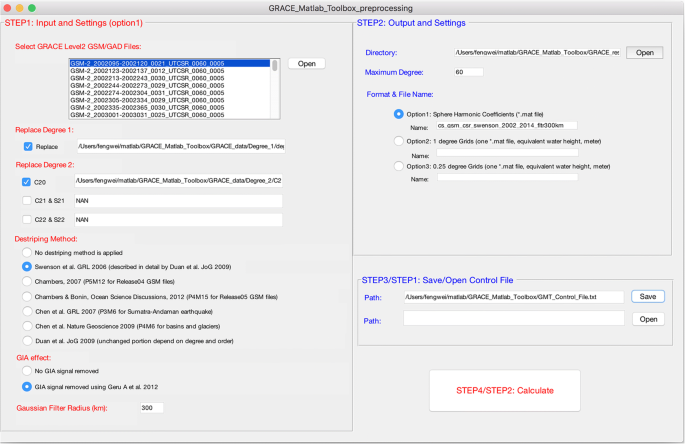

Given a figure containing a translucent mesh (top right), export_fig can export to pdf (bottom center), which allows the figure to be zoomed in without losing quality (because it’s a vector graphic), but isn’t able to reproduce the translucency, and also, depending on the viewer, creates small gaps between the patches, which are seen here as thin white lines. If you’ve ever wondered what’s going on in the icon on the export_fig download page (reproduced below), then this explanation is for you: The icon is designed to demonstrate as many of export_fig‘s features as possible. The following excerpt comes from the README file (please do read the entire file):
#MATLAB 2009 FONT SIZE HOW TO#
For his benefit, and anyone else’s interest, I will briefly describe the layout and functionality of the toolbox.īefore starting, I always recommend that new users read the README file, to get a better understanding of the available options, how the functions perform, how to do certain frequently-asked things, and what problems still remain. Yair has very kindly agreed to take over maintenance of export_fig. Today, Oliver describes the basic technical mechanisms underlying export_fig. export_fig has improved the output quality of figures for so many numerous Matlab users that it is hard to imagine a Matlab File Exchange without it. For the past few years, excluding short spans of time, Oliver’s export_fig was the File Exchange’s most downloaded utility, by a wide margin. This is no easy feat in a File Exchange that hosts ~23K utilities at latest count. For the past several years Oliver has been a top contributor on the Matlab File Exchange, and several of his utilities have earned the prestigious distinction as “Pick of the Week”. I would like to introduce guest blogger Oliver Woodford.


 0 kommentar(er)
0 kommentar(er)
